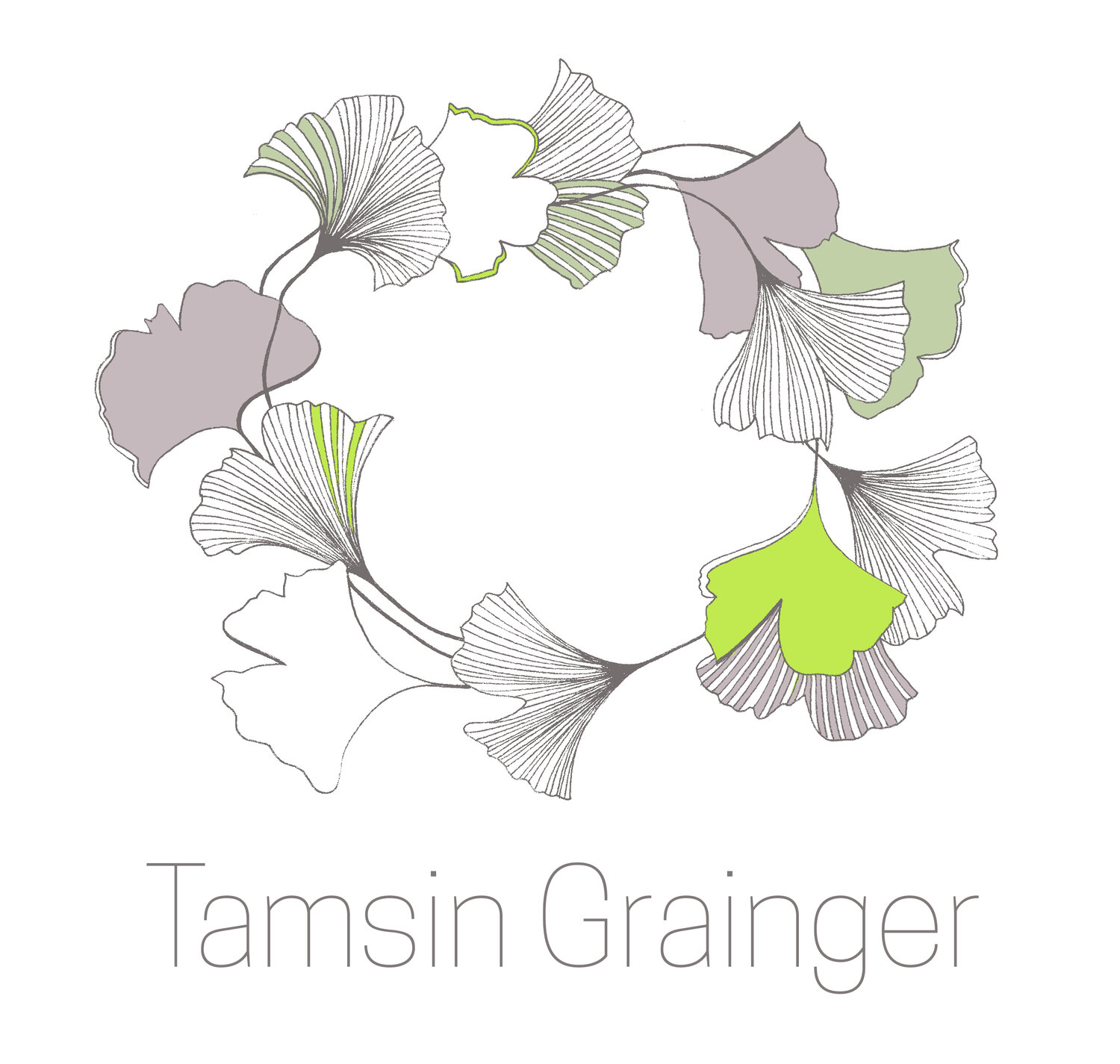This post is for the people who are attending the Wednesday meetings, On Death and Life, or who are part of the private Facebook group (contact Tamsin on shiatsu@ryoho.co.uk if you would like to be invited.) If you are not a facebook user, but are interested in this topic, you are also welcome to contact me via the email address above for the zoom link to the meetings.
What is the relationship between life and death?
We will be meditating on and discussing this question before and during the first Wednesday meeting, On Death and Life (7 October 2020, 5-6.30pm BST)
Let us consider Ming Men, GV4 between the lumbar vertebrae 2 and 3 which is also called The Gate of Life.
What is the difference between our Ki when we are in the womb, and as we are being born? Once the umbilical cord has been cut, where and how is the Ki? If you remember what it was like in your mother's uterus, and your own birth, you may have a sense of this. If you are a mother or have witnessed birth, you will know something about it.
The Essence and Po
In Traditional Chinese Medicine, the Essence and the Po are particularly concerned with conception, birth and the beginning of life.
The second of the Vital Substances, Jing, is often translated as Essence (the Yin form of the Source Ki). ...Essence, being Yin, is the basis for our body substance, the seed of our physical form. ....One of the Three Treasures, Essence ... has a universal form greater than the individual.
p.121 Carola Beresford-Cooke, Shiatsu Theory and Practice (Third Edition)
The Po is also called the Corporeal Soul which has to be understood not as the physicality of the bodily entity, but as that which makes the physical animated. .... The Po is translated from the Chinese as the White Ghost or Spirit (Maciocia) which can be visualized as the mist of hot breath on a cold window or the whiteout of the Scottish haar. Its description by Maciocia (1989, p.139) as the, ‘somatic manifestation of the soul’ speaks to me of its arrival into the body from the Universal Source....Traditionally, it then descends, down through the orifices (specifically the anus) into the earth with the body at death.
p.48 Tamsin Grainger, Working with Death and Loss in Shiatsu Practice
The Hun
The Hun (rhymes with 'tune') 'starts out in life with us as small and undeveloped as a seed and grows with us into a personality as complex and exquisite as a mature plant.' (Carola Beresford-Cooke)
Imagine a stick of rock (the Qi) sliced through and showing the same pattern on both cut ends. That pattern is the pattern of the universal, the Hun, the part of me which is the same blueprint as everything else (not only human). Residing in the Liver, it is anchored by the Blood, but it is essentially independent, a slice of the universal which happens to be with us for our brief lifetime, connecting us with all things. It becomes supremely Yang after death [ascending] and is therefore known as the Ethereal Soul or Cloud Body.
p.49 Tamsin Grainger, Working with Death and Loss in Shiatsu Practice
After leaving our body at death, it does not dissolve for three generations, nourished by the remembrance of our descendants; it then joins the clan ancestral spirit, or a cosmic deity, according to different beliefs.
p.190 Carola Beresford-Cooke, Shiatsu Theory and Practice (Third Edition)
What do you think? What makes sense to you? As we near death and die, what is happening to our Ki, to the Po and the Hun? When you shared Shiatsu or other bodywork with clients who were close to death, or sat with your relative, client or pet as they were dying, what sense did you get of their Ki? - Where was it? How strong was it? Did it remind you of something?
The Mingmen illustration is from The Internal Power Training blog
The Po and the Hun Chinese characters are from here
Maciocia on the Shen and the Hun
Main photo - Working BL 47 Hunmen on the back to connect with the Hun
5.10.20




